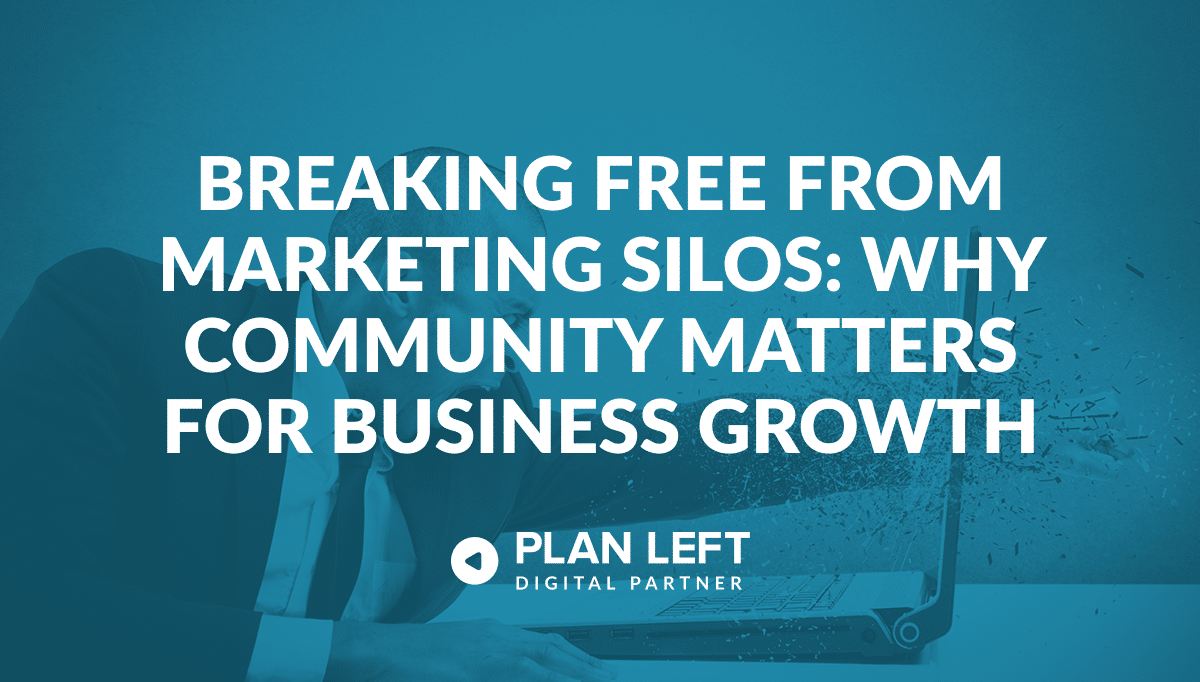
The Entrepreneur’s Guide to Creating a High-Ticket Flagship Offer
Most businesses are built on a foundation of scattered services, multiple product lines, and saying yes to whatever clients ask for. While these actions might feel productive, diversification like this often masks a fundamental weakness: you don’t have an anchor.
Without a flagship offer that defines what you’re known for, you’re constantly starting from zero with each new prospect, explaining your full menu of options, and competing largely on availability and price.
Why Every Business Needs an Anchor Offer
The Revenue Stability a Flagship Offer Creates
A flagship offer serves as your business’s center of gravity. Instead of juggling multiple offerings that require separate marketing, sales processes, and delivery systems, you build everything around one premium transformation. This focus doesn’t limit your revenue—it concentrates your expertise, simplifies your operations, and makes both marketing and sales dramatically more efficient.
When prospects understand exactly what you’re known for and what transformation you deliver, sales conversations become consultations rather than negotiations. You’re no longer explaining your entire service menu—you’re determining whether your flagship offer solves their specific high-value problem.
What Is a Flagship Offer?
A true flagship offer is singular, premium, and transformational. It represents the highest-value work you do, packaged in a way that makes the outcome clear and compelling. This isn’t your entry-level service or your “we can do that too” offering. It’s the solution you’re genuinely excellent at delivering, positioned for clients who value results over cost.
Flagship offers typically share several characteristics: they solve a specific, high-stakes problem; they command premium pricing that reflects genuine value; they attract ideal clients who appreciate expertise; and they create margins that give your business breathing room.
The Flagship Offer Framework: 5 Essential Components
Component #1: Transformational Outcome (Not Features)
Your flagship offer needs to center on the transformation clients experience, not the activities you perform. Clients don’t buy hours or deliverables—they buy the future state you help them achieve. For example, a marketing agency’s flagship might not be “content creation and ad management” but rather “predictable lead generation that scales with your growth.”
Component #2: Solving a High-Value Problem
Premium pricing requires high-value problems. These are challenges where failure is costly, success is lucrative, or both. Entrepreneurs will pay significantly to solve problems that limit growth, threaten stability, or consume disproportionate time and energy. Your flagship should target a problem where the ROI of solving it dramatically exceeds your price.
Component #3: Strategic Packaging
How you structure your flagship offer influences perceived value. Rather than charging hourly or offering a la carte services, package everything needed to deliver the complete transformation. Include strategy, implementation, support, and accountability. Make it comprehensive enough that clients don’t need to coordinate multiple vendors or manage complex processes themselves.
Component #4: Premium Positioning
Positioning isn’t about what you do—it’s about who you serve and what makes you the obvious choice for them. Your flagship offer positioning should make it immediately clear whether someone is a fit. This qualification works both ways: ideal clients self-identify and move toward you, while non-ideal clients recognize they’re not the right match.
Component #5: Ideal Client Alignment
Your flagship offer should attract the clients you genuinely want to work with—people whose goals align with your expertise, whose values match your approach, and whose success creates compelling case studies for future growth. When your flagship is properly aligned, marketing becomes easier because you’re speaking directly to people who need exactly what you offer.
How to Identify Your Highest-Value Offer
Look at your most successful client relationships. What transformation did you actually deliver beyond the stated scope? Where have clients achieved results that dramatically exceeded their investment? These patterns reveal your highest-value work—the transformation that may not be officially packaged but represents your real competitive advantage.
Your flagship offer lives at the intersection of what you’re exceptionally good at and what the market urgently needs. Just being skilled isn’t enough—plenty of experts struggle because they’re solving problems no one will pay premium prices to fix. Similarly, chasing lucrative market needs without genuine expertise leads to poor results and unsustainable business.
Packaging and Positioning Your Offer
Creating Irresistible Value Propositions
Your value proposition needs to immediately communicate what transformation you deliver, who it’s for, and why you’re uniquely qualified to deliver it. Avoid industry jargon and focus on outcomes your ideal clients actually care about. “We help entrepreneurs scale to seven figures without burning out” is more compelling than “We provide integrated business consulting services.”
Structuring Deliverables for Maximum Perceived Value
How you present what’s included influences how clients perceive value. Instead of listing hours or meetings, organize deliverables around the transformation journey. Phase one focuses on foundation, phase two on implementation, phase three on optimization. This structure makes the pathway to results clear and tangible.
Naming Your Flagship Offer
Your flagship offer deserves a name that’s memorable and meaningful. This isn’t about clever marketing—it’s about creating a clear identifier that simplifies conversations. “Our Growth Accelerator Program” is more distinctive than “our consulting services,” making it easier for clients to refer others and for you to build recognition.
From Flagship Offer to Predictable Revenue
Building a Marketing System Around Your Offer
Once your flagship offer is defined, your entire marketing system should support it. Content educates prospects on the problem you solve. Lead generation attracts people experiencing that problem. Nurture sequences build trust and demonstrate expertise. Sales conversations determine fit and close deals. Everything points toward your flagship transformation.
Scaling Without Diluting Quality
As demand for your flagship offer grows, resist the temptation to take on more clients than you can serve excellently. Premium positioning requires exceptional delivery. Instead of scaling by adding more clients, consider scaling by raising prices, adding team members who can deliver at your quality standard, or creating complementary offerings that serve different segments.
Your Flagship Offer as Your Business Foundation
Building your business around a signature flagship offer changes everything about how you operate. Marketing becomes focused rather than scattered. Sales conversations become consultative rather than combative. Revenue becomes predictable rather than volatile. And your business becomes known for something specific rather than trying to be everything to everyone.
Explore Latest Posts
The Entrepreneur's Guide to Creating a High-Ticket Flagship Offer Most businesses are built on a foundation of scattered services, multiple ... read more
December 16, 2025
Breaking Free from Marketing Silos: Why Community Matters for Business Growth Every entrepreneur knows the weight of making decisions alone. ... read more
December 11, 2025
A Step-By-Step Approach to Breaking Free from Generic Marketing Enterprise marketing leaders face the challenge of standing out among countless ... read more
December 9, 2025
Essential Strategies for Entrepreneurs
Get Actionable Business Insights & Marketing Tips
Our newsletter delivers real-world strategies from entrepreneurs who’ve been exactly where you are.
Sign up now for:
- Actionable growth strategies that work
- Insider tactics for attracting top talent
- Real-world case studies from successful founders
- Emerging tech trends that drive innovation
- Pragmatic marketing approaches for visionary leaders



